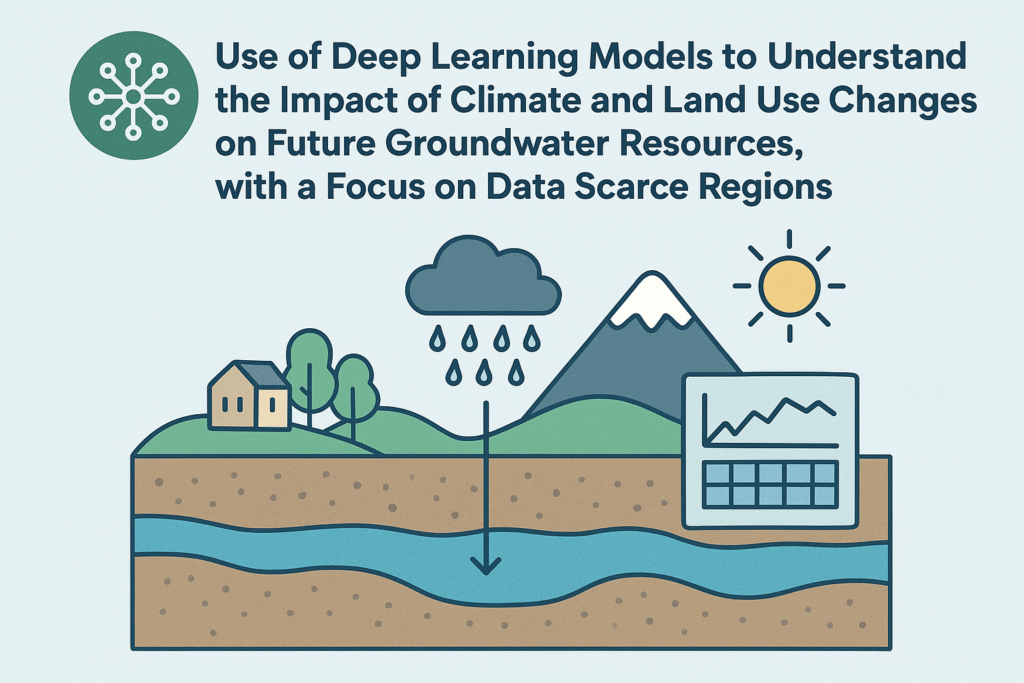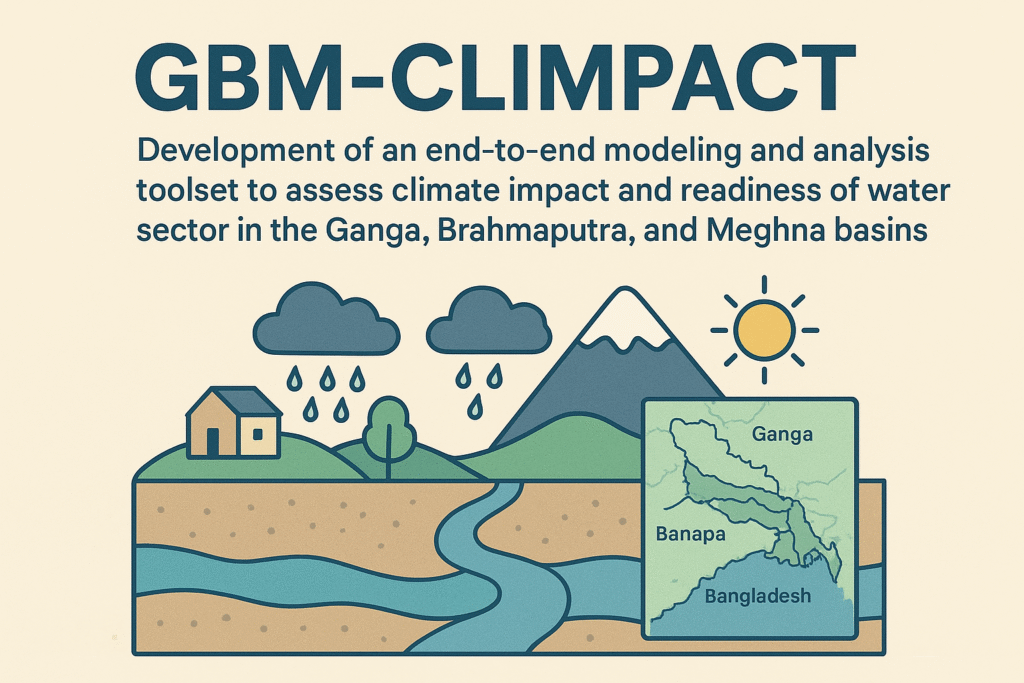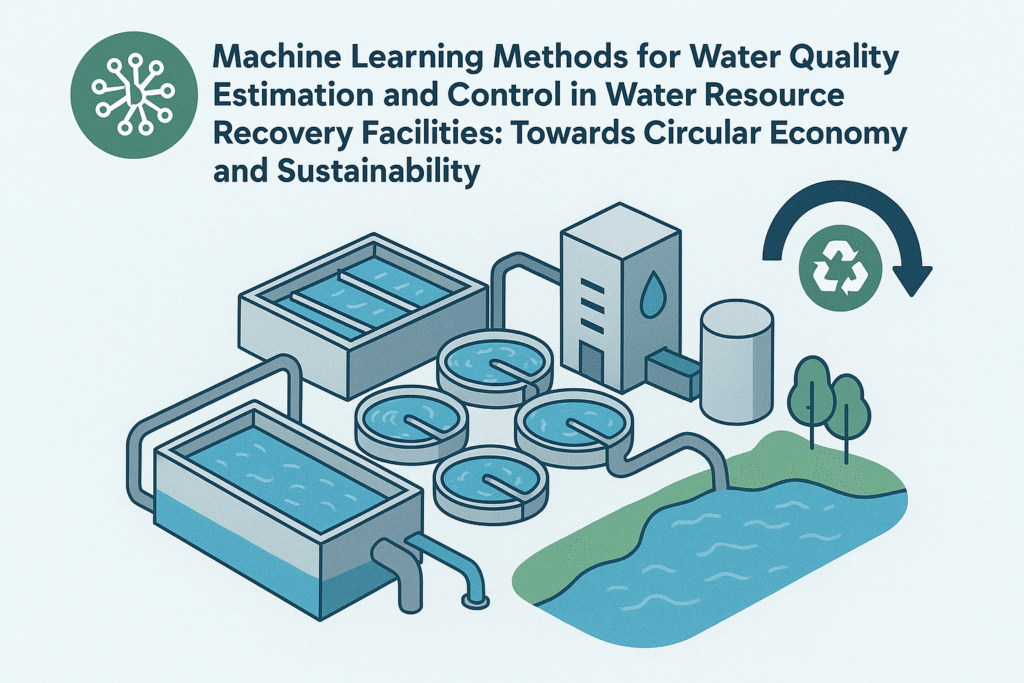Canadian PI: Dr. Jan Franklin Adamowski
Canadian Institution: Mcgill University
Indian PI: Dr. R.Maheswaran Rathinasamy
Indian Institution: Indian Institute of Technology (IIT) Hyderabad
Project Summary:
One of the Earth’s greatest freshwater reserves, GW contributes one-third of the world’s available water. Groundwater has long been supporting humans and ecosystems in the world’s arid and semi-arid regions. With population growth and intense irrigation, GW demand is increasing at a rapid rate. Climate change is imposing further stress on GW resources and increasing the probability of droughts; accordingly, it is important for water resources planning and management purposes to examine the impact of climate change and other anthropogenic changes on GW availability.
Future climate projections using the intermediate RCP 4.5 scenarios show contrasting trends in water availability in different regions of the world. Some regions expect to receive more precipitation but at same time show a significant rise in temperature. These contradictory influences’ impact on GW resources must be analyzed at a regional level rather than at a global scale. As shallow aquifers are highly sensitive to the impacts of climate change, regions dependent on such aquifers are likely to be severely affected. Besides the direct impacts of climate change, its significant indirect effects are seen through anthropogenic influences (e.g., excessive pumping, land use changes). The impact of climate change is further exacerbated by an increase in water demand from growing urban populations, and industry requirements. Presently, no database can provide reliable future estimates of these factors under climate change.
One way of understanding the impact of these climatic and anthropogenic changes on GW availability is through the development of physics-based GW simulation models and their coupling with climate change scenarios. However, these physics-based models are very data intensive and computationally heavy. Furthermore, for regions which lack basic aquifer characterization and data related to aquifer characteristics, these models’ results are highly uncertain. In this study is planned to answer the following research questions.
- Can deep-learning-based models offer a good approximation of a physics-based model in data scarce regions?
- Can GRACE satellite data be effectively used to reconstruct and interpolate GW level time series in regions of missing data?
- What would be the impact of climate change on intensive use of GW systems like the Ganges aquifers?
- What are viable management solutions for sustainable GW development?


